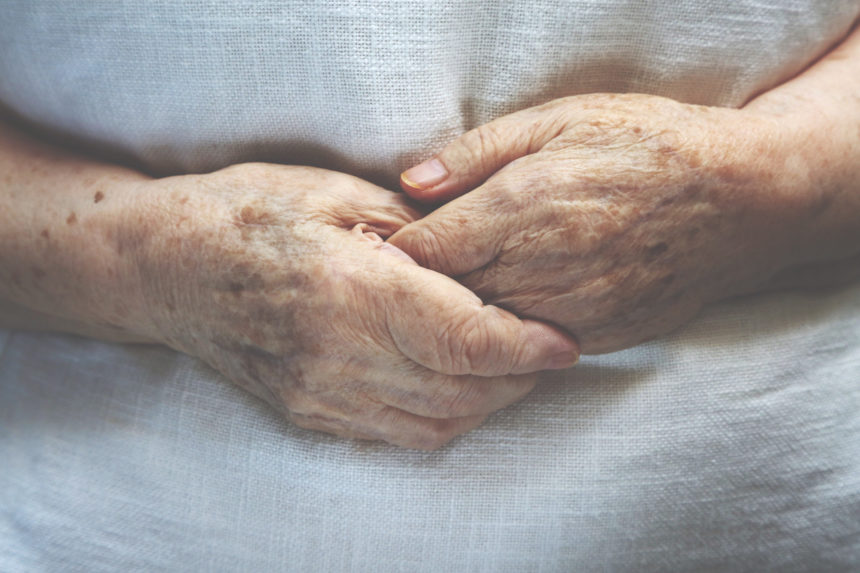
Keeping nursing home caregivers motivated can be a stressful battle, particularly when they’re addressing stubborn skin care issues in elderly residents. But experts say you can bring calm to the storm by being more mindful of your facility’s culture, setting realistic goals and constantly tweaking skin care processes when needed.
1. Be aware of your organizational culture. What makes it tick when it comes to skin health? Every nursing home environment has its own unique rhythm or cadence for approaching skin care. It’s essential if you want to make your staff more efficient, yet happier and better at their jobs.
“Staff today are asked to do more with significantly less resources while the acuity of our patient population is increasing. Simplification of care will depend on having a global vision for delivering holistic skin health care for each individual resident,” said Amin Setoodeh, RN, senior vice president of skin health and clinical services for Medline.
Setoodeh believes that it’s extremely important to consider all the key details such as an organization’s onboarding program, ongoing education, clinical resources, even skin health supply formularies to simplify the care process for the staff, as well as specific clinical guidelines and knowledge gaps.
2. Be mindful of setting attainable goals and practices. Frontline staff like to be able to see the fruit of their labor, Setoodeh added. Organizations also ensure this by setting key performance indicators while consistently sharing results.
One good example: Focus on one key care initiative with the biggest skin health impact, such as preventative skin care.
“Select one wing in your facility to discuss with the team your plan to improve skin care outcomes on that wing,” Setoodeh added. “Review your preventative skin care clinical guidelines and make sure staff have access to the right resources such as moisturizing creams, barriers and cleansers. Place moisturizer dispensers in showers and resident rooms and on treatment carts. Conduct a wing sweep to assess skin conditions and record all findings.”
Finally, set up a start date and share all results with the staff with a specific goal for improving skin health outcomes such as reducing moisture-associated skin damage from incontinence by 5%.
3. Review processes and solutions. When leadership is willing to review current processes to find greater efficiencies, impactful solutions can be revealed, according to Tony Forsberg, RN, national clinical director for Essity HMS North America Inc.
“Reduction of unnecessary or redundant effort can be a great morale boost,” said Forsberg. “Utilizing a higher quality product that will reduce the incontinence change rate by just one change per 24 hours will save 20 staff hours related to continence care. That time may then be spent performing other meaningful and quality-of-life-enhancing activities.”
4. There’s a cornucopia of free or very affordable skin care resources available as an adjunct to staff training — which can be highly valued when staffing is stretched thin.
There’s a great deal of value in the QIO Program websites (Quality Improvement Organizations) that provide great webinars and other resources, plus they’re available free to long-term care communities when there are specific issues, said Mary Madison, RN, a clinical consultant for Briggs Healthcare’s LTC/Senior Living unit.
“Don’t overlook professional organizations such as the National Association of Directors of Nursing Administration in Long Term Care (NADONA) and the National Pressure Injury Advisory Panel (NPIAP),” added Steven Antokal, RN, BSN, director of clinical education for DermaRite Industries LLC.
5. When it comes to the practice of skin and incontinence care, the “easy” mistakes always find a way in, as many practitioners have discovered.
“Promote standardization across your facility by reducing clinical variation in care,” said Setoodeh. “Create a committee to capture frontline care providers’ feedback on specific potential areas that may contribute to clinical mistakes and how the team can overcome these challenges.”
The key is understanding and recovering from missteps.
“Accountability and communication can help recover from more serious mistakes,” said Setoodeh. “Identify serious mistakes right away and report issues to the leadership to utilize specific strategies for recovery.”
Mistakes to avoid
- Allowing staff to slack on standardization, creating variations in care.
- Failing to report mistakes for fear of reprisal.
- Setting unrealistic treatment goals that may frustrate the patient and caregivers.



